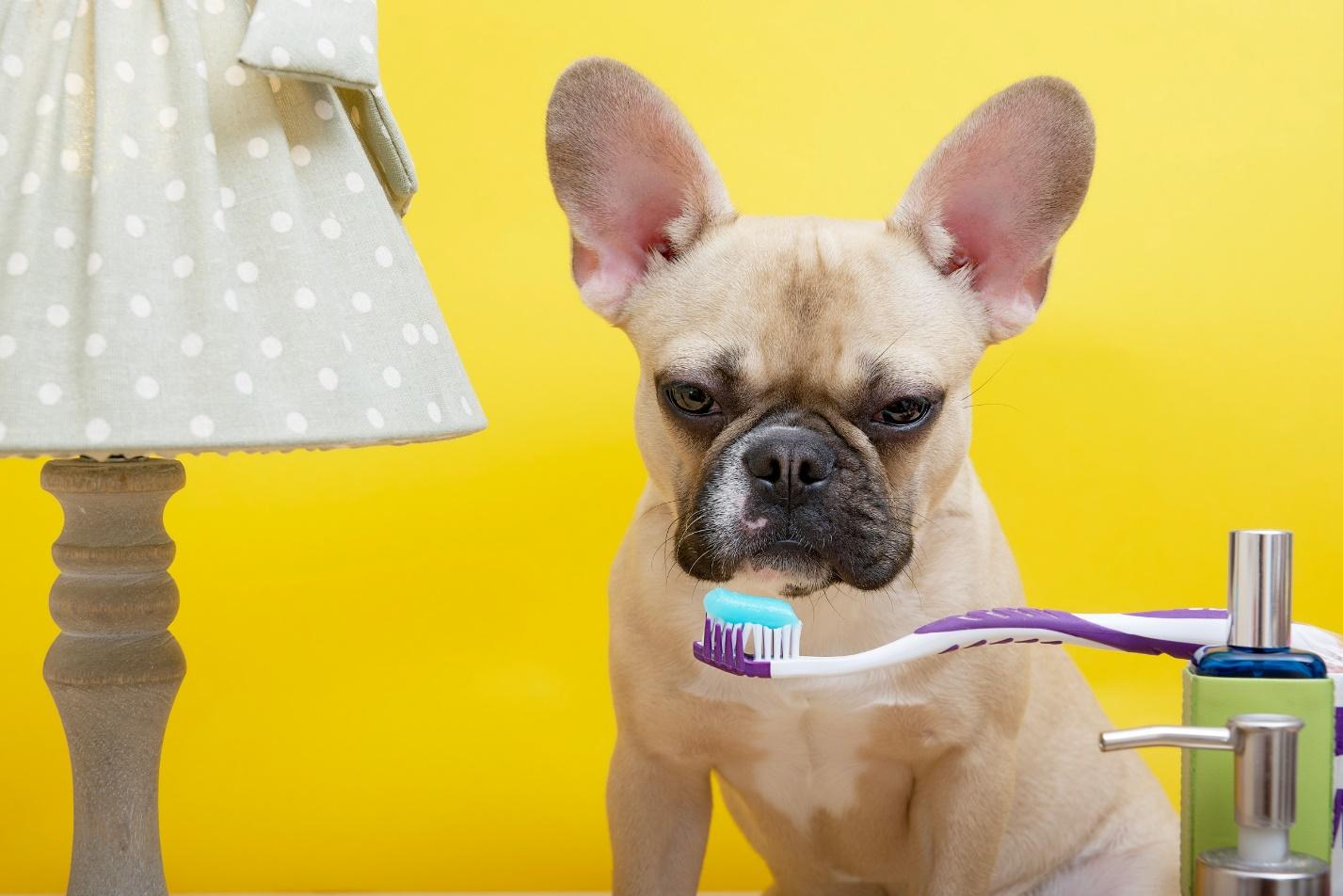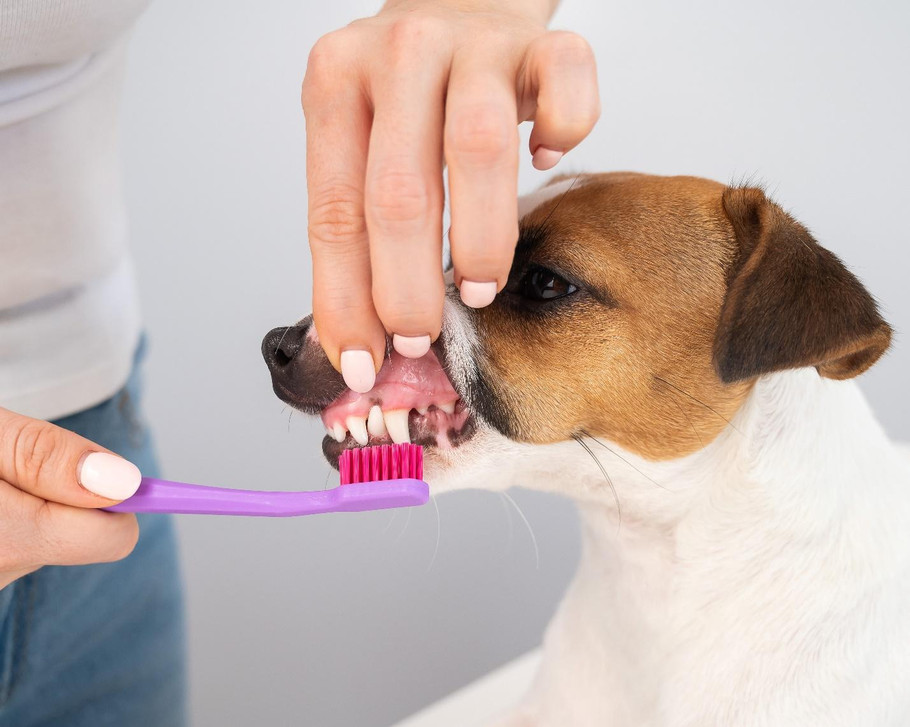February marks the start of Pet Dental Health Month. Yet, whether you own a cat, dog or another animal, caring for their teeth and gums is a year-round endeavor.
Like humans, pets develop their own unique personalities and quirks. Also, like humans, pets experience dental problems, from decay and damage to infections. In fact, as many as 70 percent of cats and over 80 percent of dogs live with periodontal disease by three years of age.
As you think about caring for the furry friend by your side, understand common dental issues and what you can do:
Dental Issues for Pets
Similar to dental care for humans, pets should have their teeth examined at least once per year. You may need to schedule an appointment sooner if you notice any of the following symptoms:
- Bad breath
- Cracked or loose teeth
- Extra teeth
- Baby teeth that haven't fallen out
- Visible tartar or discoloration
- Changes in appetite
- Your pet drools more frequently than usual
- Your pet experiences difficulties chewing its food
- Bleeding or swelling around the gums
Yet, not all pet dental issues are as easily apparent. Instead, behavioral changes - for example, seeming more irritable or sluggish - can indicate oral irritation, an infection or an injury.
Any of these symptoms may be a sign of:
- Cracked or chipped teeth
- Gum disease
- An abscess or cyst
- Oral tumors
- A misaligned bite
- Broken jaw
- Cleft palate
During a visit, a veterinary dentist starts with an oral exam and often requests X-rays of the gumline and roots. Based on what they find, your pet may undergo a cleaning, complete with scaling and polishing, or may need fillings or extractions. Anesthesia is often necessary to perform these procedures.
Realize that your pet's dental issue won't heal itself. In fact, untreated periodontal disease can worsen and spread to other bodily systems, including the liver, kidneys and heart.
Pet Dental Care at Home
Similar to how you brush and floss your teeth, managing your pet's dental health involves controlling plaque, which hardens into tartar. Tartar, if ignored, can progress below the gumline and contribute to periodontal disease and chronic infections.
As their owner, you're recommended to brush your pet's teeth multiple times per week - ideally, once per day if they can handle it.

Predictably, not all pets are keen on having their teeth brushed - especially cats - and may resist the change in routine. If your pet runs at the sign of a toothbrush:
- Start slow: Get them used to the sensation of the brush touching the outside of their mouth. Reward them with a treat when they sit still for a period of time. They may also need to explore the brush and toothpaste on their own before you start using them.
- Make sure you have the right animal medical supplies: For pet dental care, use a soft-bristled toothbrush and a toothpaste specifically designed for animals. Never attempt to use human-formulated products on your pet.
- Don't ignore your pet's diet: What they eat affects their teeth. In addition to brushing, give your cat or dog dental chews designed to remove plaque.
- Pay attention to toys: Items that are too large or hard increase the risk of fractured teeth or a broken jaw or may accelerate wear.
As a veterinarian, use Pet Dental Health Month to instruct your clients in caring for their animals' teeth and gums. Along with highlighting proper technique, consider supplying them with the tools to get started at home.
Through Positive Impressions, create a set of custom pet toothbrushes displaying your clinic's name and logo to give to your clients during their appointments. In addition to maintaining their pets' dental health, this approach reinforces your brand and shows you're there - be it to answer any questions or for an emergency visit.

